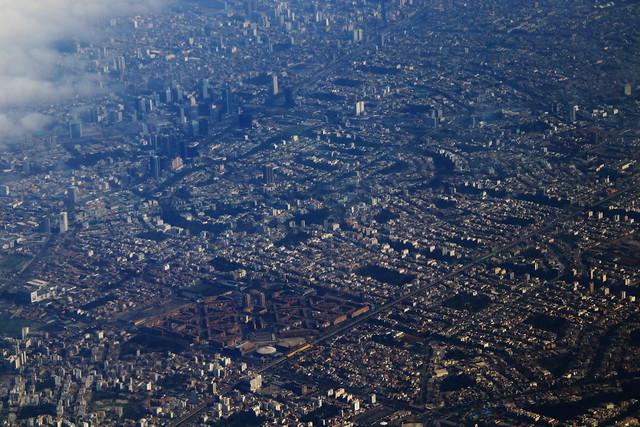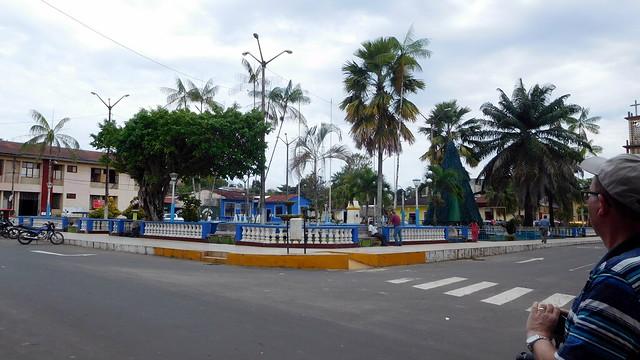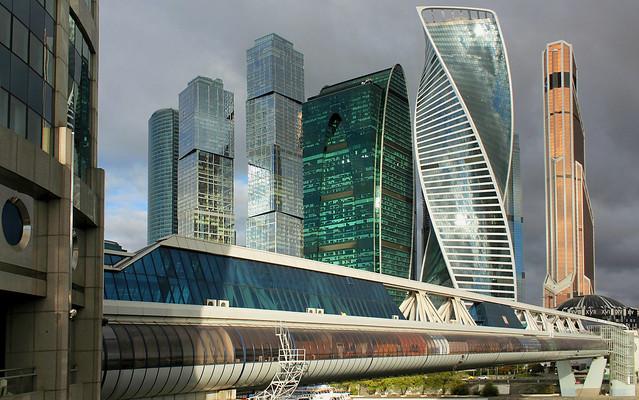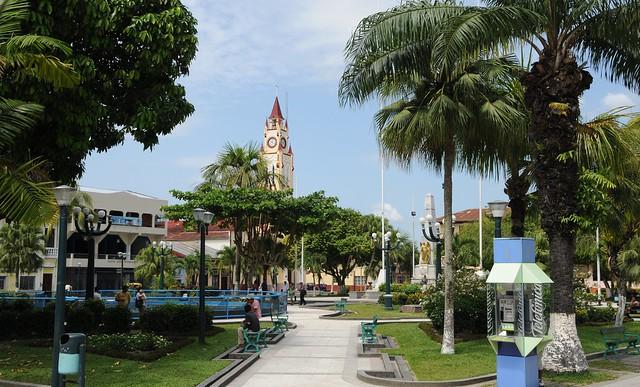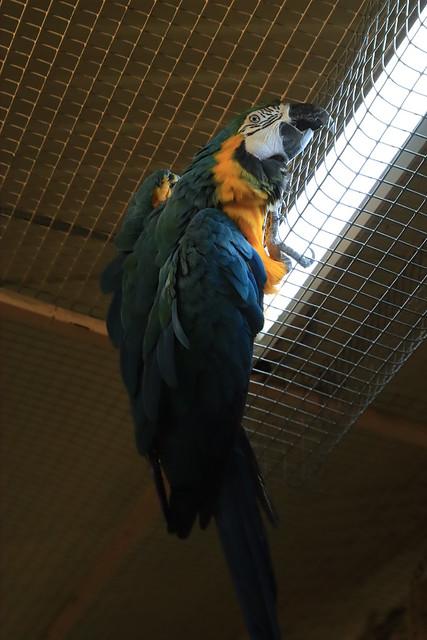
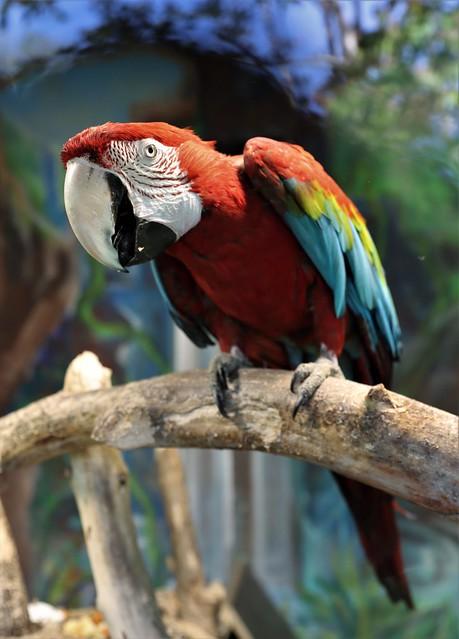
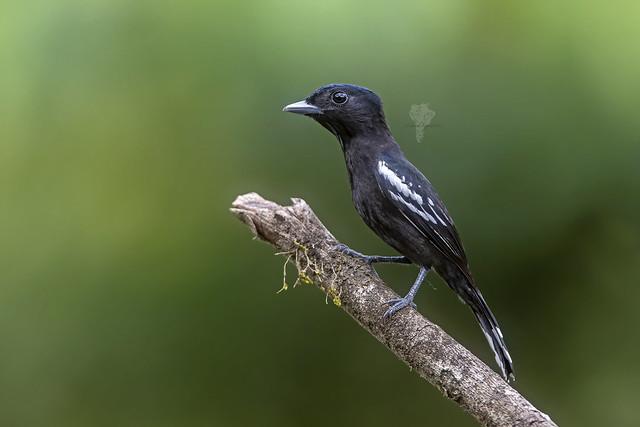
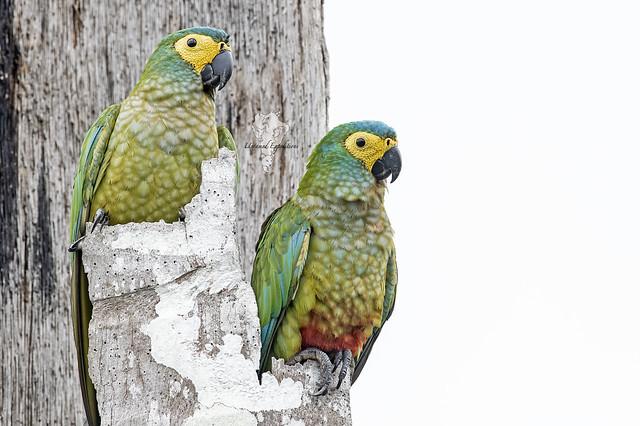
Tambopata
Overview
Tambopata: A Gateway to the Amazon Rainforest
Nestled within the lush landscapes of Madre de Dios, Peru, Tambopata is a vibrant city that serves as a gateway to one of the most biodiverse regions on the planet—the Amazon Rainforest. This small but bustling town, located approximately 15 kilometers from the city of Puerto Maldonado, is often overlooked by travelers who flock to more famous destinations. However, Tambopata offers a unique charm, rich culture, and an unparalleled opportunity to explore the wonders of the Amazon. The atmosphere is alive with the sounds of nature, from the calls of exotic birds to the rustle of leaves stirred by the gentle breeze.
As you wander through the streets of Tambopata, you'll notice the colorful buildings that reflect the local culture and the influence of indigenous communities. The city is home to a diverse population, including indigenous tribes such as the Ese Eja, whose traditions are deeply woven into the fabric of the region. Local markets offer a sensory feast, with stalls brimming with fresh tropical fruits, handmade crafts, and traditional Peruvian dishes. The warm, welcoming nature of the residents adds to the allure, as they proudly share their heritage and stories with visitors.
Historical Significance
The history of Tambopata is intricately linked to the broader narrative of the Amazon. Originally inhabited by indigenous tribes for centuries, the area began to attract attention during the rubber boom of the late 19th and early 20th centuries. This period saw an influx of settlers and the exploitation of natural resources, leading to significant changes in both the environment and local communities. Today, Tambopata embodies a reconciliation of this history, as efforts to promote sustainable tourism and conservation have taken precedence, allowing visitors to appreciate the beauty of the rainforest while respecting its delicate ecosystems.
Tambopata is also famed for its proximity to the Tambopata National Reserve, a protected area that covers over 1.5 million hectares of rainforest. This reserve is one of the most significant conservation areas in the Amazon, serving as a habitat for countless species of flora and fauna, including endangered animals like the jaguar and giant river otter. Visitors can embark on guided tours, exploring the rich biodiversity through hiking, canoeing, and birdwatching. The reserve is particularly renowned for its clay licks, where macaws and other birds congregate to consume essential minerals, creating an extraordinary wildlife spectacle.
Local Characteristics and Activities
The atmosphere in Tambopata is relaxed yet invigorating, with outdoor enthusiasts flocking to the region for adventure and exploration. Eco-lodges and local tour operators offer a range of activities, from canopy walks high above the forest floor to night safaris where the sounds of the jungle come alive. Fishing excursions along the Tambopata River provide a chance to connect with nature and understand the local fishing practices that sustain the community.
Cultural experiences abound, such as workshops where visitors can learn traditional crafts from artisans or partake in culinary classes to discover the flavors of Amazonian cuisine, which is characterized by the use of local ingredients like fish, plantains, and exotic spices. Festivals throughout the year celebrate both indigenous and mestizo cultures, providing an opportunity for travelers to immerse themselves in local customs, music, and dance.
In Tambopata, travelers will find not just a destination but an experience that fosters appreciation for nature, culture, and the interdependence of all living things. The city stands as a beacon for sustainable tourism, inviting those who wish to discover the untamed beauty of the Amazon while supporting the local community and preserving its heritage for future generations.
Other towns or cities you may like in Peru
Explore other cities that share similar charm and attractions.


